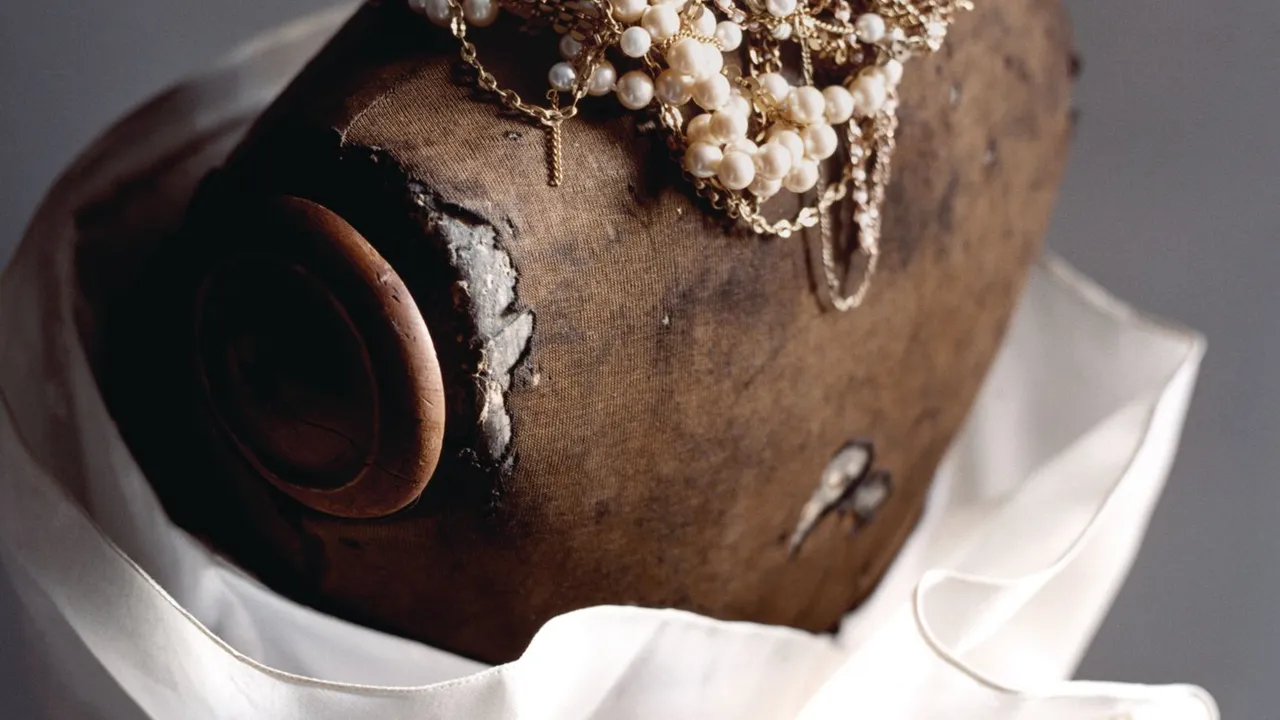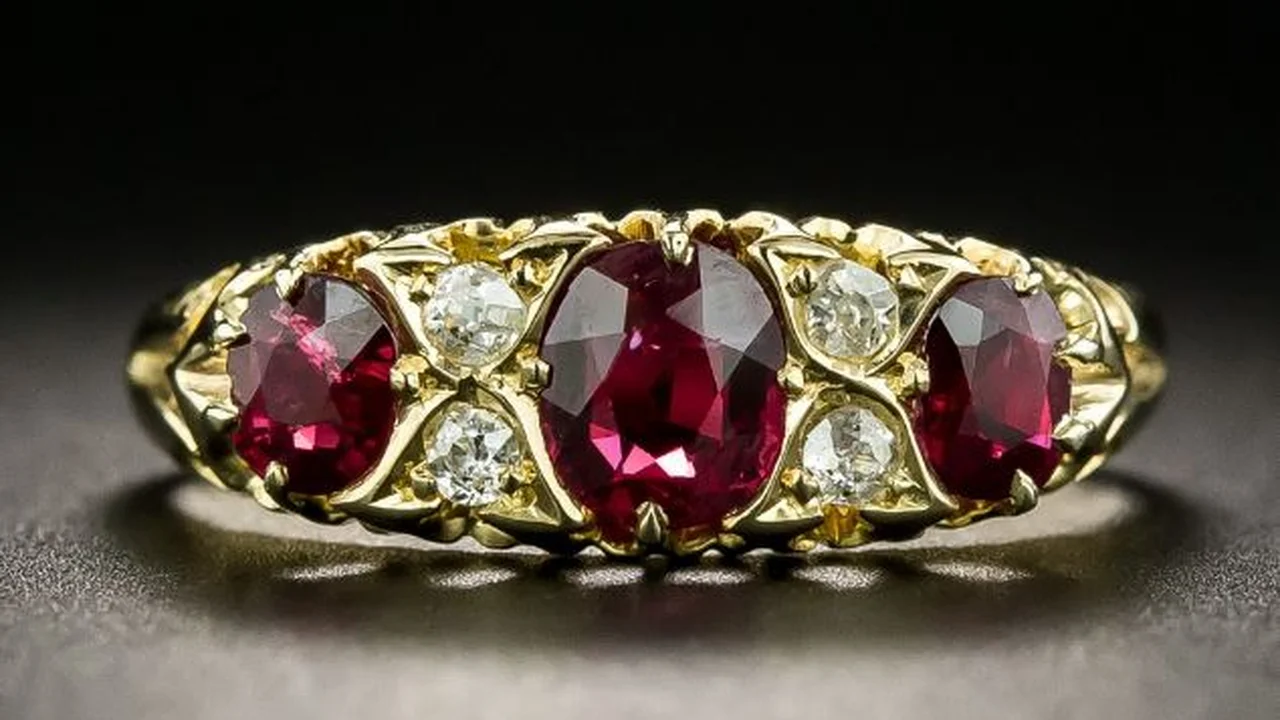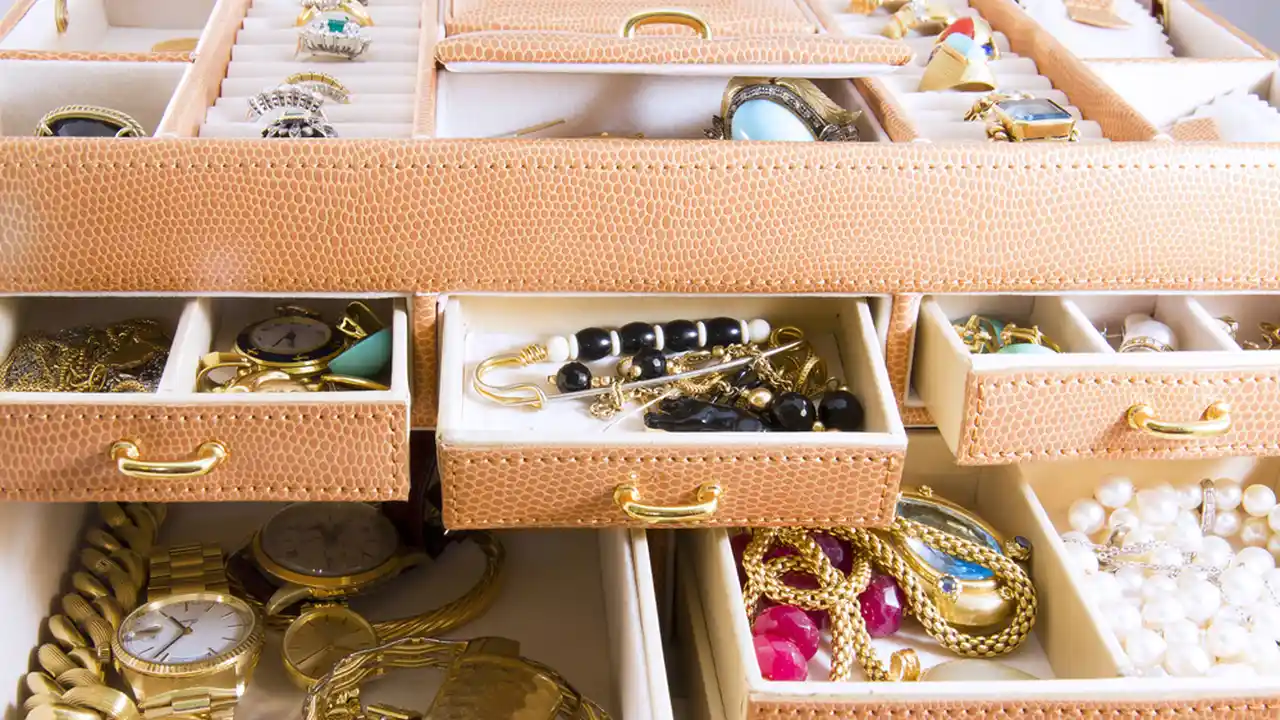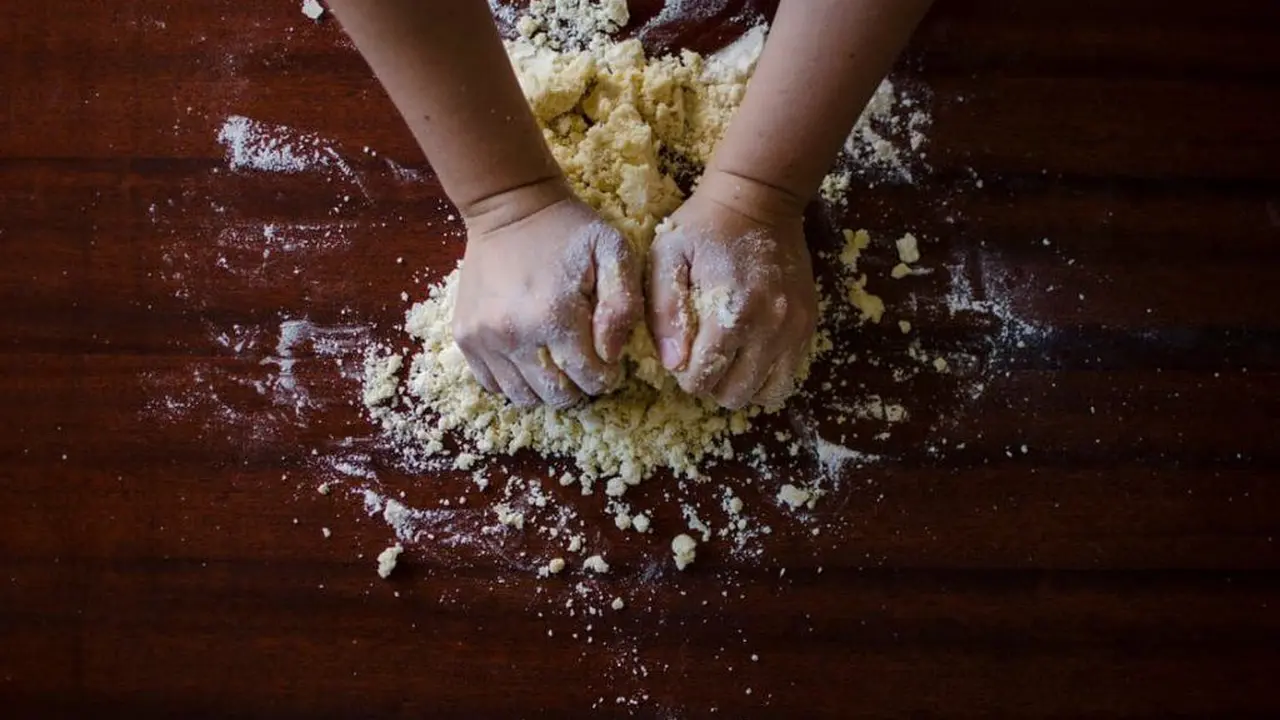Antique Jewelry in Southeast Asia A Cultural Journey
Explore the rich history and cultural significance of antique jewelry in Southeast Asia.

Unveiling the Treasures: Southeast Asian Antique Jewelry History
Southeast Asia, a region brimming with diverse cultures, traditions, and histories, boasts a unique and fascinating antique jewelry landscape. Unlike the Western focus on specific eras like Victorian or Art Deco, Southeast Asian antique jewelry often reflects a blend of indigenous craftsmanship, religious influences (Hinduism, Buddhism, Islam), and colonial encounters. Think intricate filigree work, vibrant gemstones sourced locally and from trade routes, and motifs drawn from nature, mythology, and royal courts.
Let's embark on a journey through some key regions:
- Indonesia: Known for its elaborate gold jewelry, often featuring depictions of deities and mythical creatures. The 'keris' (dagger) is a significant cultural symbol, and its hilt is often adorned with precious stones and intricate carvings.
- Thailand: Thai jewelry often incorporates vibrant enamel work (nielloware) and intricate gold filigree. Traditional Thai necklaces and bracelets often feature floral and animal motifs.
- Vietnam: Influenced by both Chinese and French colonial styles, Vietnamese antique jewelry showcases delicate silverwork, jade accents, and sometimes, European-inspired designs.
- Malaysia: A melting pot of cultures, Malaysian antique jewelry reflects Malay, Chinese, and Indian influences. Gold, silver, and gemstones are commonly used, with designs often incorporating floral patterns and geometric shapes.
- Philippines: Pre-colonial Philippine jewelry was often crafted from gold and adorned with beads, shells, and stones. Spanish colonial influence introduced new techniques and materials, resulting in a unique blend of styles.
Spotlight on Gems: Popular Gemstones in Southeast Asian Antique Jewelry
Gemstones play a crucial role in Southeast Asian antique jewelry, often holding symbolic meaning and signifying status. Here are some prominent gems:
- Jade: Revered in many Asian cultures, jade symbolizes purity, prosperity, and longevity. It's commonly found in Vietnamese and Chinese-influenced Malaysian jewelry.
- Rubies: Myanmar (Burma) is renowned for its rubies, and these vibrant red gems are highly prized in Southeast Asian jewelry, representing passion and power.
- Sapphires: Similar to rubies, sapphires from various regions are used, with blue sapphires symbolizing wisdom and royalty.
- Pearls: Pearls, often sourced from the South China Sea, add elegance and sophistication to antique jewelry, symbolizing purity and beauty.
- Garnets: Garnets, particularly almandine garnets, are frequently found in older pieces, offering a rich, deep red hue.
Showcasing the Craftsmanship: Techniques and Styles of Southeast Asian Antique Jewelry
Southeast Asian artisans have mastered various jewelry-making techniques over centuries. Here are some notable examples:
- Filigree: Delicate metalwork involving fine threads of gold or silver, intricately woven to create elaborate designs. This technique is prevalent in Indonesian and Thai jewelry.
- Nielloware: A decorative technique where a black mixture (often sulfur, silver, copper, and lead) is inlaid into etched designs on metal surfaces. Thai nielloware is particularly renowned.
- Repoussé and Chasing: Techniques used to create raised designs on metal by hammering from the reverse side (repoussé) and refining the details from the front (chasing).
- Granulation: A technique involving attaching tiny granules of metal to a surface, creating a textured and decorative effect.
Featured Products & Shopping Guide: Antique Jewelry Pieces and Their Value
Let's explore some specific examples of Southeast Asian antique jewelry you might encounter:
Example 1: Indonesian Gold Keris Hilt with Ruby Inlays
Description: A beautifully crafted gold keris hilt, likely dating back to the early 20th century. The hilt is intricately decorated with filigree work and features ruby inlays representing stylized floral motifs. The craftsmanship is exquisite, demonstrating the skill of Indonesian goldsmiths.
Usage Scenario: A collector's item, suitable for display in a curated collection of Southeast Asian art and artifacts. Also, a conversation starter highlighting the rich cultural heritage of Indonesia.
Comparison: Unlike mass-produced modern replicas, this antique piece showcases the unique artistry and historical significance of the keris. Modern replicas often lack the detail and patina of genuine antique examples.
Price Range: $5,000 - $15,000, depending on the gold content, ruby quality, and overall condition.
Example 2: Thai Nielloware Bracelet with Floral Motifs
Description: A vintage Thai nielloware bracelet featuring intricate floral designs inlaid with black niello. The bracelet is crafted from silver and showcases the distinctive artistry of Thai metalworkers. The floral motifs are traditional and symbolize prosperity and good fortune.
Usage Scenario: Can be worn as a statement piece, adding a touch of elegance and cultural flair to any outfit. Suitable for both casual and formal occasions.
Comparison: Modern nielloware bracelets are often mass-produced and lack the detail and craftsmanship of antique examples. Antique bracelets often have a richer patina and more intricate designs.
Price Range: $500 - $2,000, depending on the silver content, the intricacy of the design, and the overall condition.
Example 3: Vietnamese Jade Pendant with Silver Setting
Description: A delicate Vietnamese jade pendant featuring a carved jade stone set in an ornate silver frame. The jade is a vibrant green color and may depict a traditional symbol of luck or prosperity. The silver setting is finely detailed and reflects the influence of Chinese and French colonial styles.
Usage Scenario: A beautiful and meaningful piece to wear daily, symbolizing peace, harmony, and good fortune. It can also be a thoughtful gift for someone who appreciates Vietnamese culture.
Comparison: The quality of the jade is a key factor in determining the value. Antique jade pieces often have a unique character and history that modern jade pendants lack. The silver setting also contributes to the overall aesthetic and value.
Price Range: $800 - $3,000, depending on the jade quality, the silver content, and the craftsmanship of the setting.
Caring for Your Treasures: Tips for Preserving Southeast Asian Antique Jewelry
Southeast Asian antique jewelry requires special care to preserve its beauty and value. Here are some essential tips:
- Gentle Cleaning: Use a soft cloth to gently clean the jewelry. Avoid harsh chemicals or abrasive cleaners that could damage the metal or gemstones.
- Proper Storage: Store the jewelry in a soft pouch or box to protect it from scratches and dust. Avoid storing it in direct sunlight or humid environments.
- Professional Cleaning: For heavily tarnished or dirty jewelry, consider seeking professional cleaning services from a reputable jeweler specializing in antique jewelry.
- Regular Inspection: Inspect the jewelry regularly for loose stones or damage. Address any issues promptly to prevent further deterioration.
Where to Find Southeast Asian Antique Jewelry
Finding authentic Southeast Asian antique jewelry requires patience and research. Here are some potential sources:
- Antique Dealers: Reputable antique dealers specializing in Asian art and antiques can be a valuable resource.
- Auction Houses: Auction houses often feature Southeast Asian antique jewelry in their sales.
- Online Marketplaces: Online marketplaces like eBay and Etsy can offer a wide selection, but exercise caution and carefully review the seller's reputation and the item's description.
- Travel: Visiting antique shops and markets in Southeast Asia can be a rewarding experience, but be aware of local laws and regulations regarding the purchase and export of antiques.
The Enduring Appeal: Why Collect Southeast Asian Antique Jewelry?
Collecting Southeast Asian antique jewelry is more than just acquiring beautiful objects; it's about connecting with history, culture, and artistry. These pieces offer a glimpse into the rich traditions and craftsmanship of Southeast Asia, providing a tangible link to the past. Whether you're a seasoned collector or just starting your journey, exploring the world of Southeast Asian antique jewelry can be a fascinating and rewarding experience.
:max_bytes(150000):strip_icc()/277019-baked-pork-chops-with-cream-of-mushroom-soup-DDMFS-beauty-4x3-BG-7505-5762b731cf30447d9cbbbbbf387beafa.jpg)






